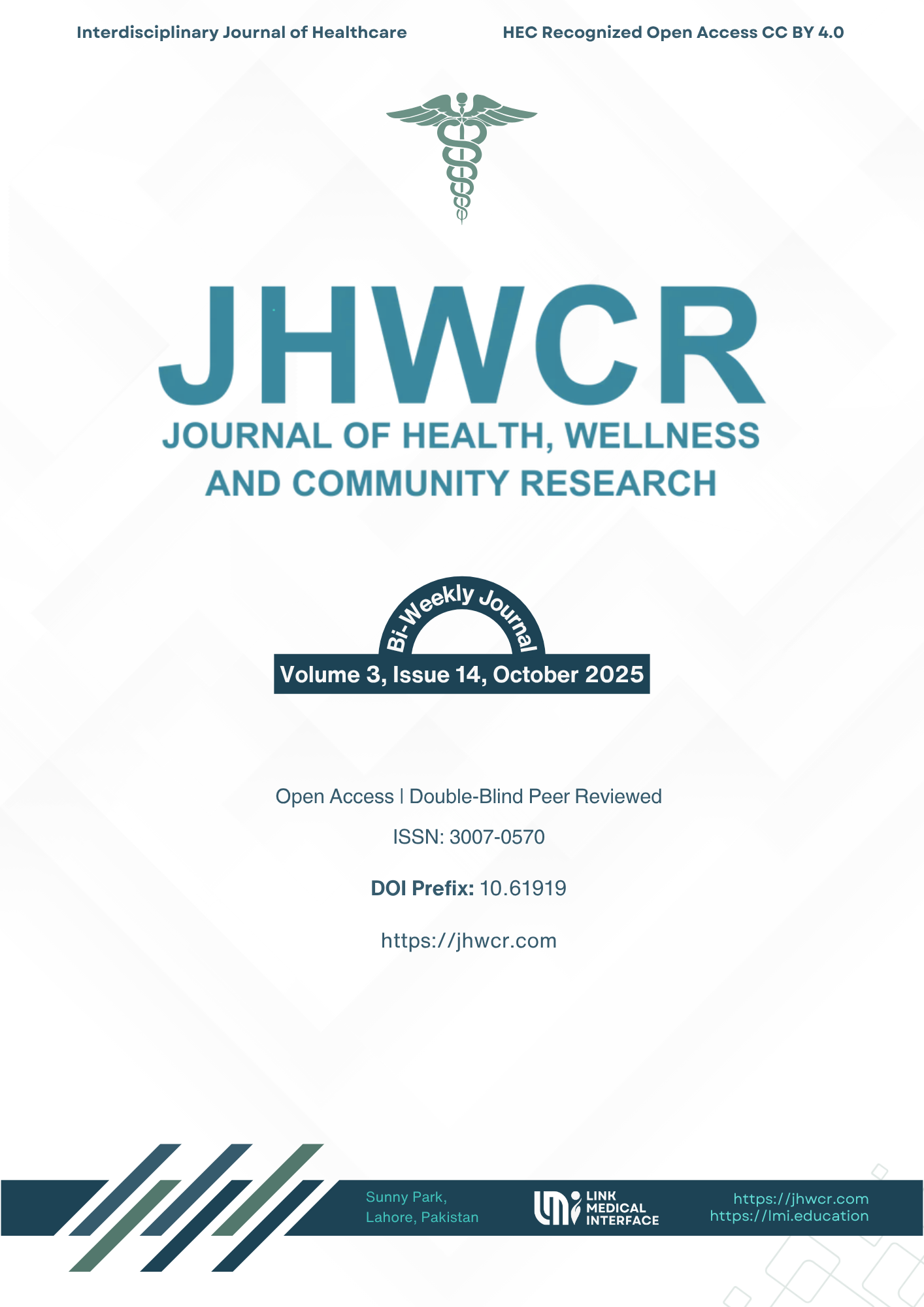The Role of Imaging in Diagnosing Neurodegenerative Diseases: A Review of Current Techniques and Applications
DOI:
https://doi.org/10.61919/m3tf9t39Keywords:
Neurodegenerative Diseases; Magnetic Resonance Imaging (MRI); Positron Emission Tomography (PET); Single-Photon Emission Computed Tomography (SPECT)Abstract
Background: Neurodegenerative diseases such as Alzheimer’s disease (AD), Parkinson’s disease (PD), frontotemporal dementia (FTD), and amyotrophic lateral sclerosis (ALS) are major global health challenges characterized by progressive neuronal loss. Their early diagnosis remains difficult due to overlapping clinical features and the absence of definitive biochemical markers in the prodromal phase. Imaging techniques have transformed diagnostic neurology by providing non-invasive visualization of structural, functional, and molecular changes in the brain, thereby complementing clinical and biochemical assessments. Objective: This review aims to synthesize current evidence on the role of neuroimaging modalities in diagnosing neurodegenerative diseases, emphasizing their diagnostic value, emerging biomarkers, and potential for integration with biochemical and genetic data. Methods: A narrative review approach was adopted. Peer-reviewed studies published between 2010 and 2024 were identified through PubMed, Scopus, and Google Scholar using the keywords neurodegenerative diseases, MRI, PET, SPECT, biomarkers, and diagnostic imaging. Studies focusing on imaging-based diagnosis, disease differentiation, and biomarker validation in AD, PD, FTD, and ALS were included. Findings were synthesized thematically to describe diagnostic principles, clinical applications, and comparative strengths of each modality. Results: Magnetic resonance imaging (MRI) remains the cornerstone of structural assessment, identifying hallmark patterns such as hippocampal atrophy in AD and midbrain degeneration in PD. Functional imaging modalities—functional MRI (fMRI), positron emission tomography (PET), and single-photon emission computed tomography (SPECT)—enable detection of altered cerebral activity, hypometabolism, and perfusion abnormalities before overt atrophy occurs. Emerging techniques such as diffusion tensor imaging (DTI), susceptibility-weighted imaging (SWI), and hybrid PET/MRI systems enhance early detection by providing microstructural and molecular insights. Quantitative imaging biomarkers, including hippocampal volume, dopamine transporter activity, and cortical metabolic indices, demonstrate high diagnostic accuracy and facilitate longitudinal disease monitoring. Integrating imaging with CSF and genetic biomarkers further improves diagnostic specificity and enables precision stratification. Conclusion: Imaging serves as a cornerstone in the early and differential diagnosis of neurodegenerative diseases, bridging the gap between molecular pathology and clinical presentation. Despite challenges of cost, accessibility, and standardization, advancements in multimodal imaging, artificial intelligence, and quantitative biomarker analysis are transforming diagnostic neurology into a precision-based discipline. Continued technological integration promises earlier detection, individualized disease profiling, and optimized therapeutic interventions.
Downloads
Published
Issue
Section
License
Copyright (c) 2025 Rizwan Ullah, Muhammad Naveed Babur, Saleh Shah (Author)

This work is licensed under a Creative Commons Attribution 4.0 International License.


